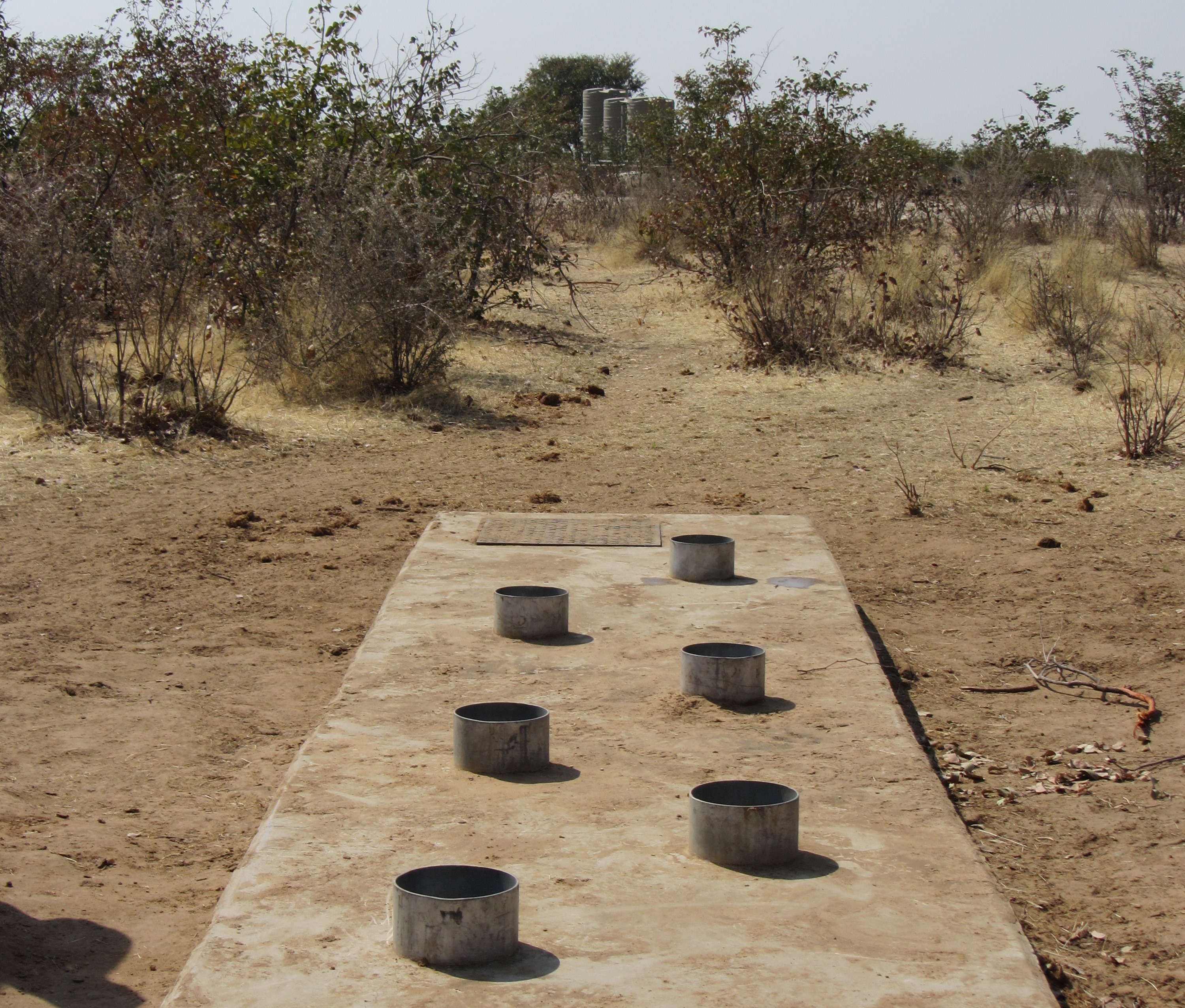
Elephant-friendly watering holes help ensure the beasts continue to get the water they need while keeping them away from irrigation infrastructure.
Traditionally, water-related projects have been classified as strictly irrigation, livestock or water and sanitation projects—but in reality, people use water for many uses. People use water for drinking, cooking, washing, livestock watering, agriculture, and business purposes. When development professionals fail to consider these multiple uses, overuse, asset degradation, breakage and the inability of water-management institutions to actually manage these unintended uses have threatened a project’s sustainability.
Instead, project planners should consider all the various needs and uses for water in a community and then attempt to incorporate those needs into project design right from the start. In this way, the project can mitigate risk and provide greater impact.
MCC adopted this approach in several of our irrigation and livestock projects. In Mali, for example, the irrigation project included consideration of animal crossings, drinking troughs alongside the irrigation canals and the drilling of additional watering points for livestock—all based on consultations with pastoralists. In addition, special areas were created for women to wash clothes and perform other domestic tasks so they would not have to use the irrigation canals and risk drowning or catching a water-borne infection.
In Namibia and Burkina Faso, we incorporated the water needs of wild animals; elephants and hippopotamuses in the area had the potential to cause major damage to the project’s water infrastructure. This was done through placement of elephant-only watering holes away from the project, planting hippopotamus-friendly grasses away from infrastructure and creating natural barriers with trees to protect the areas. In Mongolia and Mozambique, some newly installed water points provided separate valves for human and animal use, lowering the risk of contaminating the drinking water supply.
In other MCC projects, a lack of attention to the multiple uses of water led to challenges during implementation. In the Ghana Compact, for example, we discovered that an irrigation project would actually cut off the supply of water to five villages that were using it for drinking and other domestic uses. Though initially flagged as a critical social risk, the team was able to turn this problem into an opportunity to meet both the domestic and agricultural needs of the community by investing in small-scale water treatment plants that would supply solar-treated drinking water. At the same time, cattle watering points were incorporated into the design.
In the end, the communities benefited from improved water for all uses. However, by not incorporating multiple uses into the design from the beginning, the project missed an opportunity to integrate health and hygiene training with agricultural training and water provision.
MCC is committed to making sustainable investments that respond to beneficiaries’ needs. Considering all the various uses for water in a community while planning a project creates a bigger impact for our projects, and it is a goal for the planning of future water projects.
Have you seen water projects used for unintended purposes? Do you have experiences with multiple uses of water being incorporated into a project or being neglected during project design?

